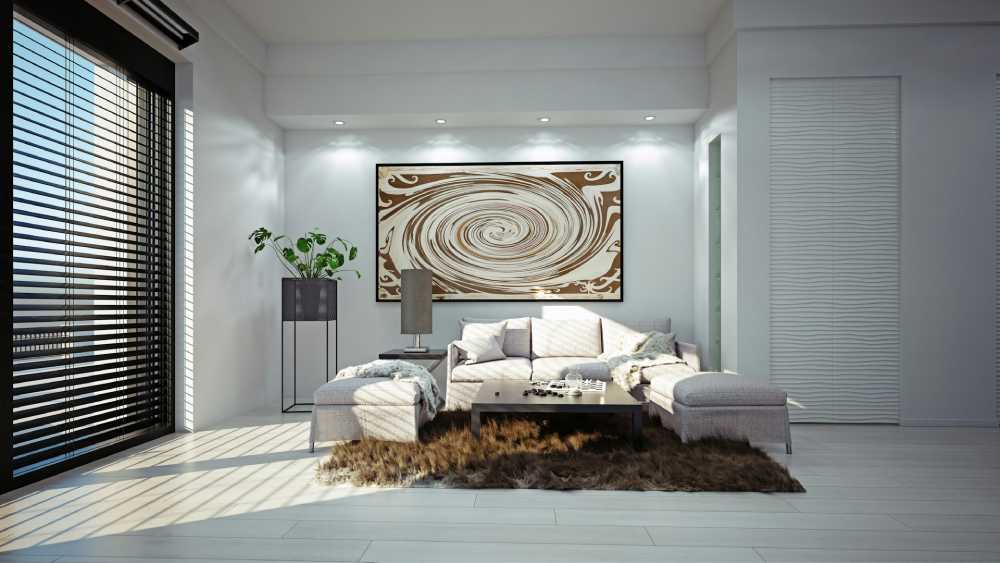The interaction between light and our well-being is a conversation that is firmly grounded in science. Our exposure to light, or lack thereof, can significantly affect our physiological, psychological, and emotional health. Natural sunlight regulates our body’s internal clock, or circadian rhythm, influencing sleep patterns, hormone release, and digestion.
Moreover, the balance of light in our surroundings directly affects our moods and social behaviors. Sufficient daylight has been linked to reduced stress and anxiety, highlighting its importance beyond its mere practicality.
Additionally, the effect of blue light, particularly in today’s digital era, has sparked discussions about how our screens impact our nightly rest and overall well-being.
Contents
- 1 Maximizing Comfort Through Light Control
- 2 Evaluating the Relationship Between Light and Productivity
- 3 Design Considerations for Effective Light Management
- 4 Advancements in Light Regulation Technology
- 5 Energy Efficiency and Light Regulation
- 6 Choosing the Right Window Treatments for Your Home
- 7 Installation Considerations and Common Challenges
Maximizing Comfort Through Light Control
Window coverings, such as custom blinds, allow modulating brightness, contributing to spaces conducive to relaxation, entertainment, or work. Regulating light can alleviate the discomfort of intense sunlight and protect interior furnishings from UV damage.
At home, the comfort provided by natural light can improve our quality of life. Its regulation can be as simple as adjusting a window shade to reduce glare or as complex as integrating a fully automated light management system. Homeowners often desire ample natural light while maintaining the ability to soften its intensity during peak hours.
Evaluating the Relationship Between Light and Productivity
The impact of light extends beyond our personal lives and influences our work performance and output. According to research, work environments with ample natural light improve employee well-being and productivity.
Studies have also shown that managing light in work environments can enhance the overall health of individuals. When light is effectively managed, people report higher energy levels and better work experiences.
A study has shown a strong correlation between exposure to natural light in the workplace and improved sleep quality at night. Designing workspaces that allow for natural light during the day can help employees get better and longer rest at night. It highlights the significance of lighting in the workplace.
Design Considerations for Effective Light Management
The design and selection of window treatments are not mere aesthetic decisions but functional ones. The right window coverings can dramatically impact a room’s ambiance and comfort. When considering options like blinds, drapes, or shades, one must weigh factors such as light filtration, privacy, and thermal properties.
In the design phase, homeowners will want to consider color, texture, and pattern as key elements that complement the decoration while serving their purpose. Furthermore, specific window treatments can dampen exterior noise, enhancing the tranquility of space.
Advancements in Light Regulation Technology
Technology has advanced light regulation in leaps and bounds. Modern homes and offices often incorporate automated systems with sensors that adjust window coverings based on the time of day or the intensity of sunlight. Smart systems have the potential to enhance not just user comfort but also improve energy efficiency dramatically.
Moreover, integrating these intelligent solutions into home assistants and mobile apps allows for seamless user control. Such advancements showcase innovative ways to incorporate technology to create more responsive and intuitive living and working environments.
Energy Efficiency and Light Regulation
Proper light regulation can translate into significant energy savings. Utilizing natural light to its fullest potential reduces reliance on artificial lighting, which can comprise a substantial portion of a home’s energy consumption. For instance, well-placed window coverings can minimize heat gain during warmer months and lessen the demand for air conditioning units.
Conversely, in the colder seasons, specific window treatments provide additional insulation, keeping heat from escaping and reducing heating requirements. This symbiosis between environmental stewardship and economic efficiency is vital for households looking to cut costs and minimize their environmental footprint.
Choosing the Right Window Treatments for Your Home
When it comes to implementing window treatments, it is essential to consider each space’s unique characteristics and needs. Rooms facing the south, which receive the most intense sunlight, may require heavier and darker window treatments to block out excess light. In contrast, those facing the north are better suited for translucent shades, allowing maximum natural light.
Additionally, window treatments today come in a wide range of styles and functionalities, from classic shutters to modern motorized shades. Understanding the durability, maintenance requirements, and functionality of different materials will help ensure that your window treatment choice meets both your design preferences and practical needs.
Installation Considerations and Common Challenges
Installation is often an overlooked aspect when selecting window treatments. The process is crucial in guaranteeing that they operate correctly and look seamless within the space. Challenges may arise with non-standard window shapes or when integrating systems into older structures.
These scenarios underscore the importance of professional consultation and installation to ensure that window treatments are aesthetically pleasing but also functional and long-lasting.





